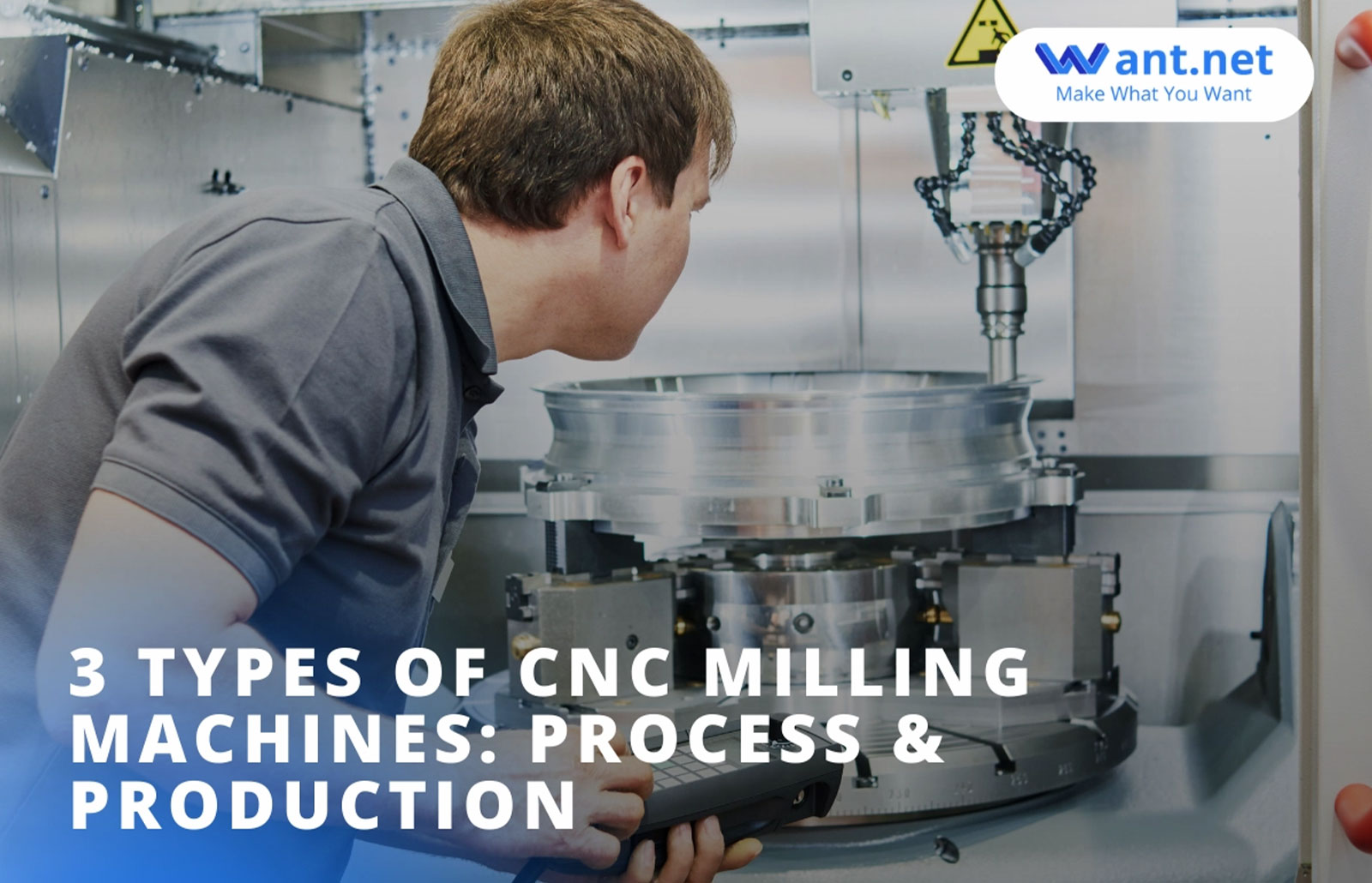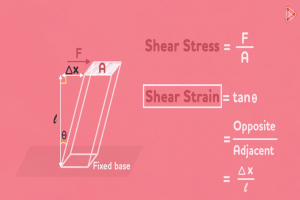What Is CNC Milling Machining Process?
CNC milling is a process that uses rotating cutters to gradually remove material from a block until the required customs form is created. It enables manufacturers to accurately produce complex parts while maintaining strict tolerance requirements.
China Online CNC Machining Service
The development of computer numerical control (CNC) milling machines over time has made it possible to produce precise parts that satisfy the strict standards of today’s demanding industries. There are many industries where CNC milling machines can be used, including the aerospace, automotive, robotics, and medical sectors, etc.

How many different kinds of CNC milling machines exist, you may be thinking? What are their production and process methods? All answers are given in this article.
What Are the Types of CNC milling machines?
The development of Computer Numerical Control (CNC) has significantly improved cnc milling services online through improved part machining, improved movement execution, and CNC process automation.
Furthermore, CNC milling machines are extremely similar to conventional milling machines with the exception of being operated digitally. In comparison with traditional milling machines, which only have the X, Y, and Z axes, these machines employ alphanumeric data and have many axes. After all, the CNC was created to execute more complex pieces that require more than just linear movements.
In short, the CNC software, which consists of numbers, characters, and some symbols and is often dependent on one of the following languages:
- FANUC
- Siemens
- Heidenhain
- ISO
These control all of the motions of the CNC milling machine and their synchronization.
We’ll show you a few extra features of CNC milling machines just for entertainment:
- Automatic Tool Changer: This CNC milling machine needs various tools to do additional tasks. This option allows the CNC milling machine to carry out many operations during a single program cycle.
- CAD/CAM Software: This software helps in accelerating machine setup.
- Spindle Coolant System: This feature serves as both a lubricant and a coolant. It minimizes overheating of the material and tool, which increases precision and reduces the chance of machine damage.
Below are three types of CNC milling machines.
- Horizontal milling machines
- Vertical milling machines
- 5-axis milling machines
Horizontal and vertical milling machines are classified based on spindle orientation. The last category, 5-axis milling machines, is based on the machine’s axes of motion. There are also 3 and 4 axes, however, we have chosen to concentrate on the 5th.
Horizontal Milling Machine
The main use of horizontal and vertical milling machines is the same. They take material out of a part. However, the tooling spins horizontally in a horizontal milling machine. The same kind of tooling can be applied to the two separate machines.
Although they are usually more expensive, horizontal milling machines are better suited for machining work in production.
A horizontal CNC milling machine may also include a fourth axis for rotation. This machine also includes a pallet changer for production (repeatedly making similar parts).
There are two working areas on the machine. One is the area where the components are machined, and the other is the area where an operator can work safely on the next set of parts. The benefit is the effective use of time reduction.
If the machine doesn’t have a pallet changer, it would be idle while a worker changed out parts or adjusted the machine’s setup.
Vertical Milling Machine
The tooling rotation in vertical milling operations is vertical, similar to the drill press previously described. A basic vertical CNC milling machine can have three axes on which the tooling moves vertically and the table moves both sides to side and from front to back of the machine.
These machines are used in factories because they are affordable, easy to program, and still have a variety of features.
5-Axis Milling Machine
5-axis machines depend on a tool that can operate in five directions (X, Y, Z), as well as in two directions (A and B), on which the tool can rotate. An operator can approach apart from every angle in a single operation when using a 5-axis CNC machine. It removes the need to physically move the workpiece during processes.
In addition, 5-axis CNC machining is the best method for producing complicated and precise parts for the aerospace, oil and gas, and medical sectors. Product teams need to be aware of a few different types of CNC machines, such as mill-turning, CNC resources, continuous 5-axis CNC machines, and indexed 5-axis CNC machines.
Similar to 3-axis CNC milling, 5-axis CNC machining only allows for three-axis movement of the cutting tool and continuous interaction with the workpiece. Yet, the cutting table and tool head can rotate in both directions automatically between operations.
5-axis machining is ideal for CNC machining projects like housings, jigs, and fixtures. In terms of speed, accuracy, and the capacity to handle complicated geometries, it lies between continuous 5-axis CNC machining and 3-axis CNC milling.
5-axis CNC Milling machining Process & Production
5-axis CNC machining allows for simultaneous rotation and movement of the workpiece and cutting tool, which speeds up production and enables the creation of complex shapes with organic surfaces. 5-axis CNC machining has the highest cost per product but improves surface finish, speed, and dimensional stability.
Turning mills and CNC turning machines are nearly identical. They have CNC milling tools available. Cutting tools remove material from the workpiece while it is attached to a spindle that may rotate or remain static.
Mill-turning is excellent for producing items with flexible rotational symmetries, like camshafts or centrifugal compressors, because they combine elements of CNC lathe machines with milling tools. As a result, they offer high levels of accuracy and geometric flexibility.
These 5-axis CNC milling machines not only offer higher outputs and faster CNC machining work but also greater precision when cutting deeper pieces and harder materials. However, 5-axis machining is costly due to the particular equipment required and the need for skilled workers.
Conclusion
CNC milling machines allow users to produce complex items with excellent surface finishes. These tools help in the long run to save money and time despite having a high initial cost. It is a CNC process that has been used in a variety of industries, including the aerospace, electronics, and medical sectors, due to its highly precise parts.
You need a reliable CNC machining shop like want.net to make custom milled parts in bulk and small quantity at best price.
Other Articles You Might Enjoy
- Decoding the Process of CNC Bead Blasting(milling machining Ted)
Bead blasting is an essential subset and technique used in Computer Numerical Control (CNC) machining. It involves the process of removing surface deposits by applying fine glass beads under high…
- Reducing Manufacturing Costs with Multi-Material CNC Machining Strategies
Introduction to Manufacturing Costs and CNC Machining Solutions Manufacturing costs significantly impact businesses, encompassing expenses related to materials, labor, and operations. These costs determine the final price of products, affecting…
- Mastering the Bead Blasting Process in CNC Machining(milling machining Mandel)
Bead blasting is a common finishing process employed within the realm of Computer Numeric Control (CNC) machining. It refers to the procedure used to clean or finish surfaces using spherical…






